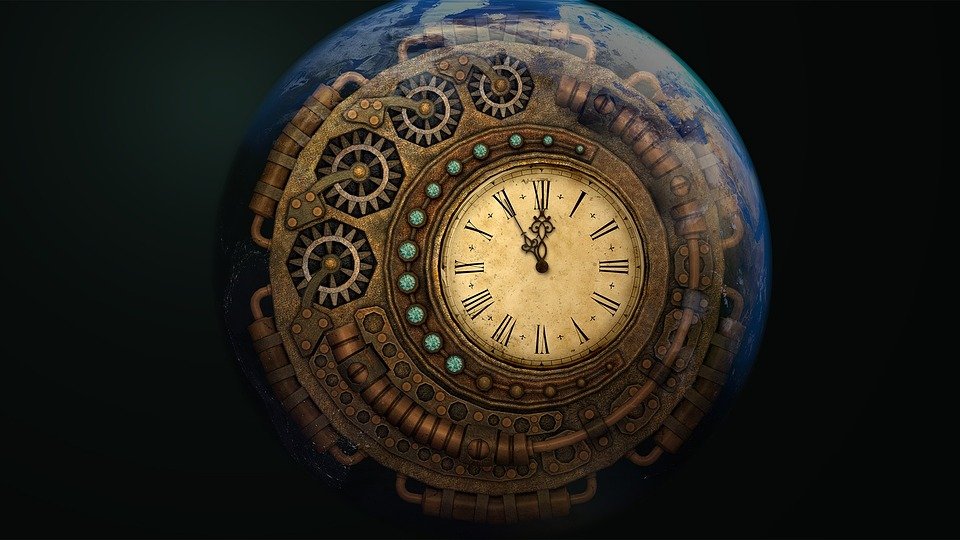The Rise of Extended Reality: How XR Technologies Are Transforming the Future
Introduction
Extended Reality (XR) refers to the combination of Virtual reality (VR), augmented reality (AR), and mixed reality (MR) technologies that create immersive digital experiences. These technologies have rapidly evolved over the past decade, and their impact on various industries is becoming increasingly evident. This article explores the rise of XR technologies and how they are transforming the future.
What is Extended Reality?
Extended Reality is an umbrella term that encompasses virtual reality, augmented reality, and mixed reality technologies. VR immerses users in a completely digital environment, usually through the use of a headset. AR overlays digital information onto the real world, enhancing the user’s perception of reality. MR combines elements of both VR and AR, allowing digital objects to interact with the real world.
The Evolution of XR Technologies
XR technologies have come a long way since their inception. Virtual reality, originally popularized in gaming, has found applications in various fields such as healthcare, education, and engineering. Augmented reality gained prominence with the release of smartphones, enabling users to experience AR through their mobile devices. Mixed reality, the newest addition to the XR family, has the potential to revolutionize industries like architecture, manufacturing, and entertainment.
Applications of XR Technologies
XR technologies have the potential to transform numerous industries and sectors. In healthcare, VR is being used to train medical professionals and simulate surgical procedures, enhancing patient safety. AR is being utilized in architecture and construction to visualize designs and improve project management. MR is revolutionizing the entertainment industry by creating immersive gaming experiences and interactive storytelling.
The Impact of XR Technologies on Education
XR technologies have the power to reshape the education landscape. Virtual reality allows students to explore historical events, visit foreign countries, and engage in interactive learning experiences. Augmented reality can bring textbooks to life by overlaying digital content, making education more engaging and interactive. Mixed reality enables collaborative learning experiences, where students can interact with virtual objects and work together in a shared immersive environment.
The Future of XR Technologies
The future of XR technologies is promising. As hardware becomes more affordable and accessible, the adoption of XR in various industries will continue to grow. Improved graphics, haptic feedback, and advanced tracking systems will enhance the immersive experience. The integration of artificial intelligence and machine learning will unlock new possibilities, making XR technologies more intelligent and responsive to user interactions.
FAQs
Q: How does virtual reality differ from augmented reality?
Virtual reality immerses users in a completely digital environment, while augmented reality overlays digital information onto the real world.
Q: What are some practical applications of XR technologies in the healthcare industry?
XR technologies are used in healthcare for medical training, surgical simulations, pain management, and rehabilitation.
Q: Can XR technologies be used in marketing and advertising?
Yes, XR technologies can be utilized in marketing and advertising to create immersive brand experiences, interactive product catalogs, and virtual try-on experiences.
Q: Are there any ethical concerns associated with XR technologies?
There are ethical concerns related to privacy, data security, addiction, and the potential impact on social interactions and mental health. However, these concerns can be addressed through proper regulation and responsible use of XR technologies.
Q: How will XR technologies influence the gaming industry?
XR technologies will revolutionize the gaming industry by creating more immersive experiences, enabling realistic simulations, and introducing interactive storytelling elements.
Conclusion
Extended Reality technologies are transforming the future by revolutionizing various industries and sectors. From healthcare to education, XR offers immersive and interactive experiences that enhance productivity, learning, and entertainment. As the technology continues to evolve, the possibilities are endless, and the impact of XR will continue to shape the way we live, work, and play.

